Sales engineering teams bridge the gap between customer needs and product capabilities. They interpret requirements, run demos, and ensure technical feasibility aligns with business expectations. But alignment is difficult when updates scatter across emails, documents get outdated, and deadlines slip. Without clear systems, both sales and clients are left guessing.
اضافة اعلان
That's why many organizations go beyond simple task trackers when evaluating the
best project management tools. They need platforms that centralize communication, track client requests, and document every deliverable. Lark provides that structure, enabling sales engineering teams to align with clients confidently and without wasted effort.
Coordinating quickly with Lark Messenger
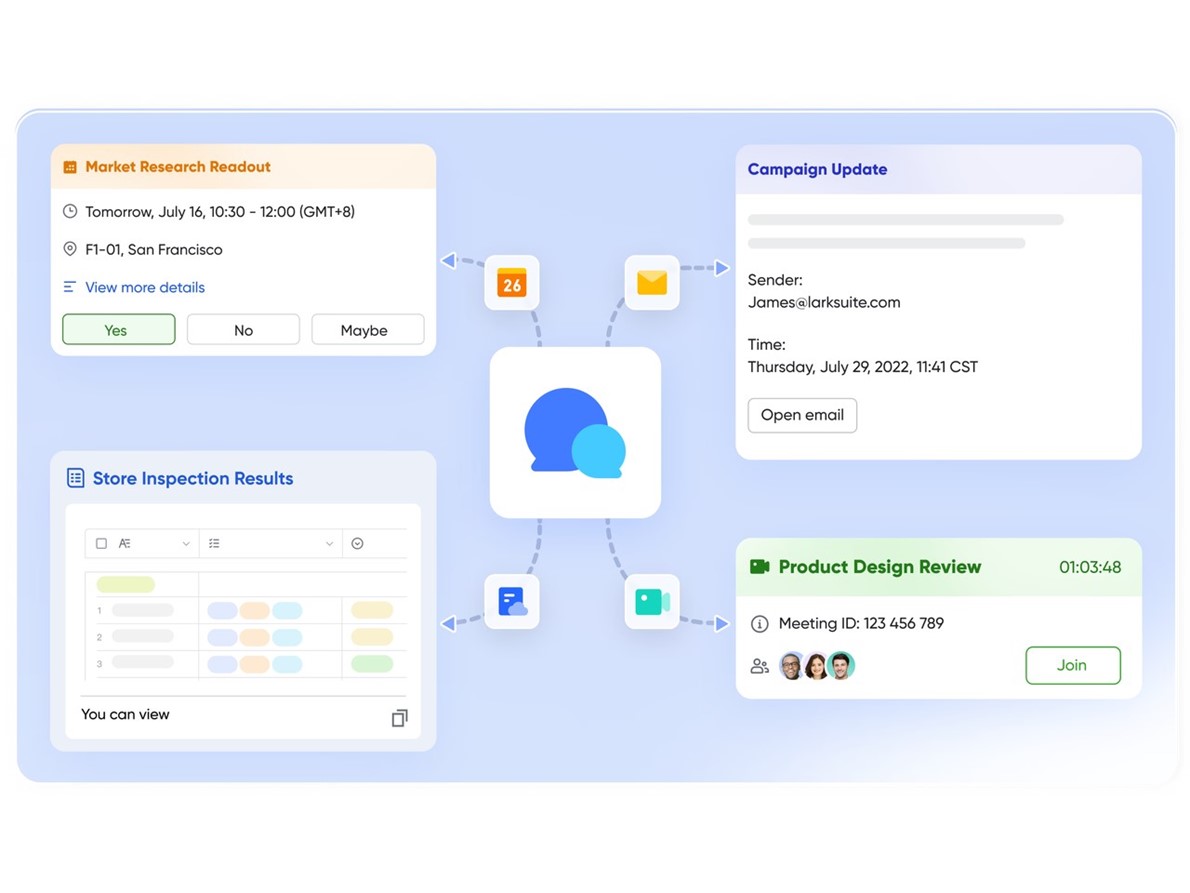
Sales engineers often juggle multiple conversations at once — client feedback, technical clarifications, and internal updates. If these rely on email, critical messages get lost. Lark Messenger keeps conversations organized and immediate.
Topic groups can be set up for each client opportunity. Threaded replies tie updates to specific requirements, while file sharing ensures proposals or diagrams are visible in context. For example, if a client asks for a feature clarification, the sales rep shares it in Messenger, the engineer confirms technical details, and the response is sent back to the client within hours instead of days. This speed builds trust and removes guesswork from the sales process.
Drafting proposals with Lark Docs
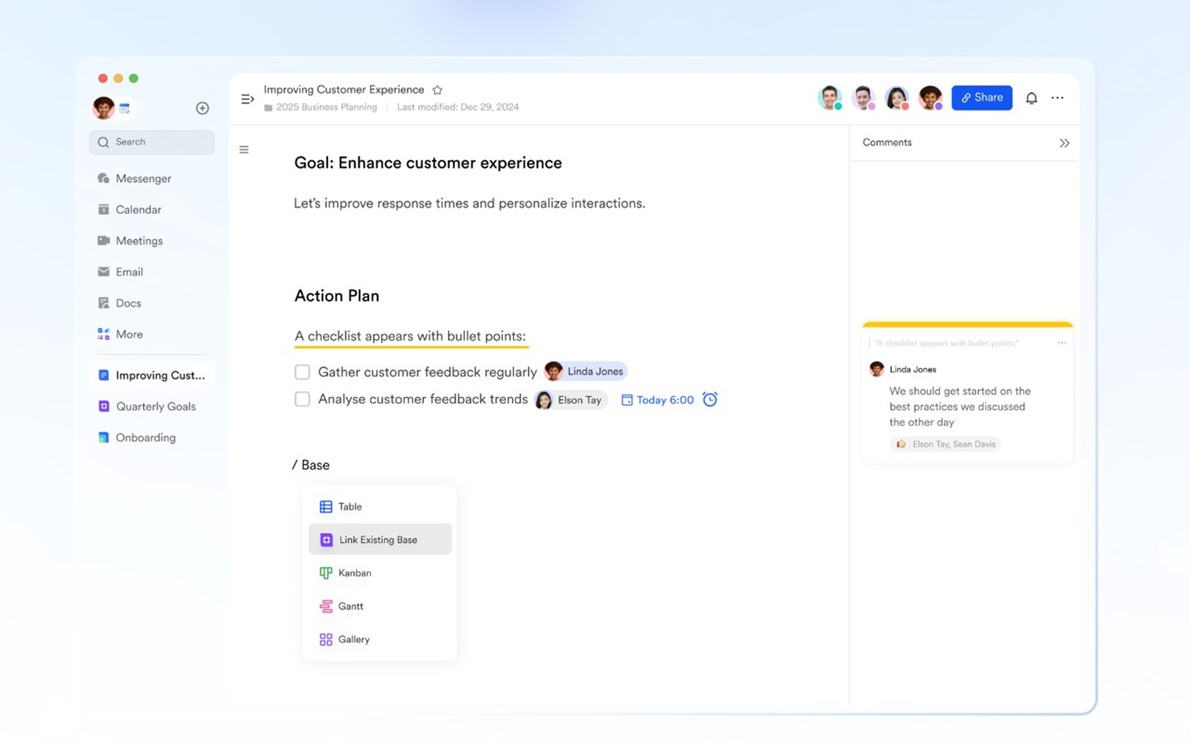
Clients expect clear, accurate proposals and technical documentation. But version chaos slows the process and creates inconsistencies. Lark Docs ensures that all stakeholders collaborate in one place.
Sales engineers draft proposals, technical leads add specifications, and product managers refine positioning. Version history guarantees accuracy, while permissions restrict sensitive documents. For instance, when preparing a proof-of-concept proposal, engineers record system requirements, sales staff refine client-facing language, and leadership approves final messaging. The client receives a polished document that reflects both technical expertise and business value.
Managing client schedules with Lark Calendar
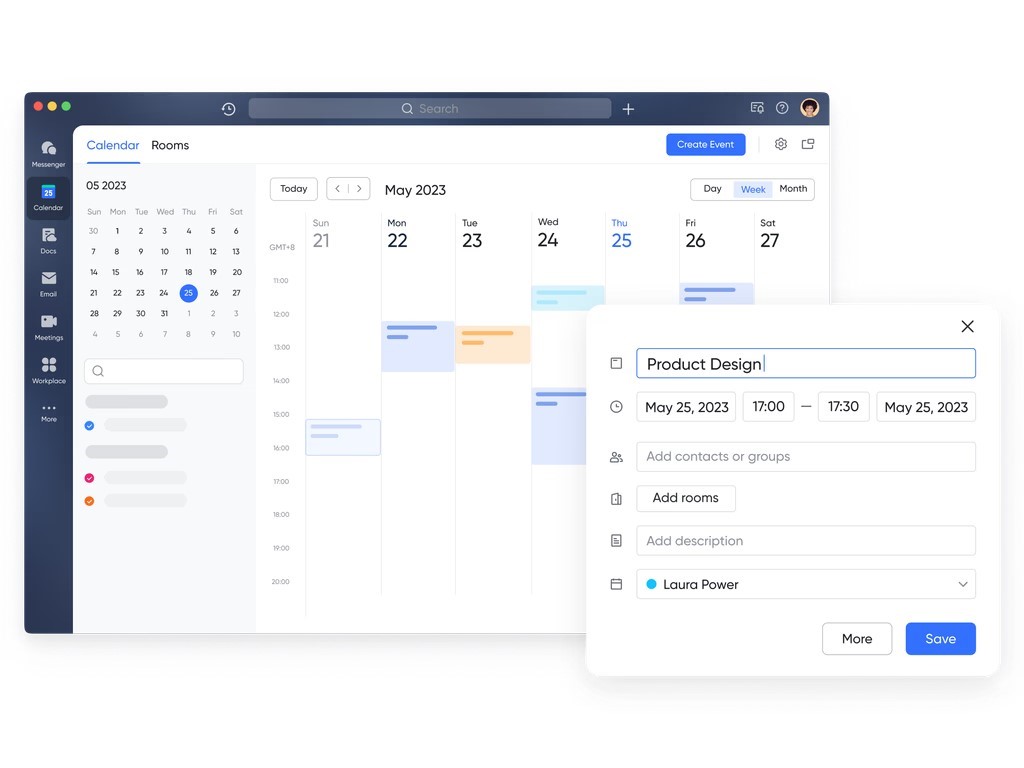
Sales engineering depends on precision scheduling: client demos, internal syncs, and contract deadlines. Missing even one commitment can damage trust. Lark Calendar ensures that schedules are visible and realistic.
Shared calendars show demo appointments, review calls, and internal check-ins. Tasks created in Lark appear automatically in Calendar, tying smaller preparation steps to major milestones. For example, before a critical client demo, Calendar shows design finalization, rehearsal dates, and feedback review sessions. Both sales and engineering see the same schedule, ensuring nothing is overlooked.
Accelerating approvals with Lark Approval
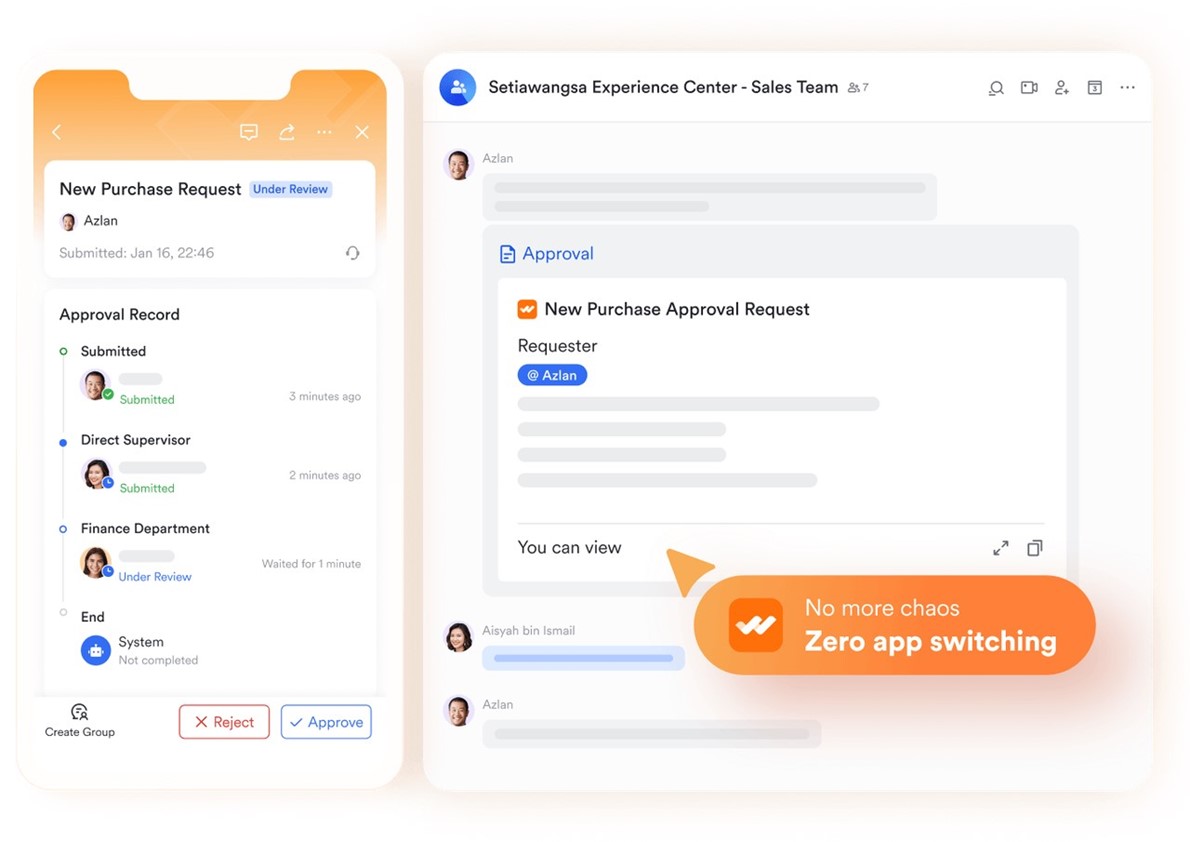
Sales engineering often requires fast sign-offs: pricing adjustments, technical scoping, or custom builds. Delays in approvals risk losing momentum with clients. Lark Approval digitizes these workflows, making them quick and traceable. As
business process management software, Lakr provides Approval as a natural fit for teams seeking advanced feature functionality in one place.
Requests move through the right reviewers automatically, with every decision logged for accountability. For instance, if a client requests a custom deployment feature, the sales engineer submits the scope in Approval. Product leadership reviews, finance approves pricing, and the final decision is logged. The process happens in hours, ensuring clients receive answers while interest is still high.
Tracking opportunities with Lark Base
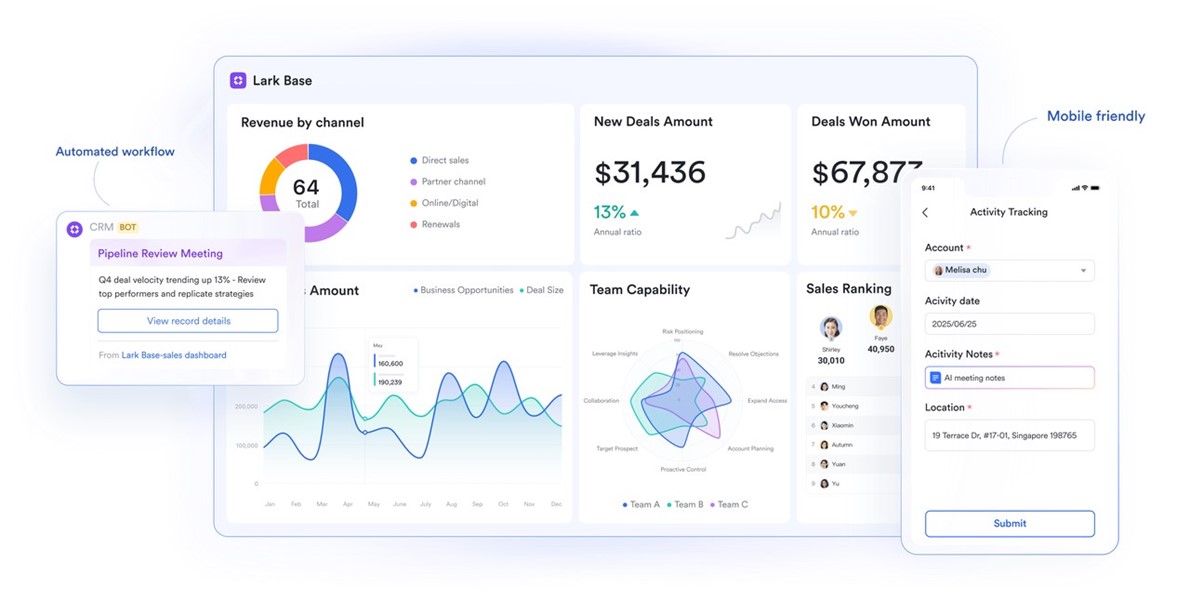
Behind every client engagement are dozens of moving pieces: technical requirements, proof-of-concept steps, and feedback loops. Spreadsheets are insufficient to manage this complexity. Lark Base provides structured tracking so teams can manage opportunities effectively.
As a CRM app, Lark provides Base to track client requests, proof-of-concept progress, and dependencies. Automations send reminders when deadlines approach or when client input is overdue. For example, during a large enterprise pitch, Base can track technical evaluations across departments, link them to client milestones, and ensure handoffs happen smoothly. Leaders gain visibility, and sales engineers focus on solving problems, not chasing updates.
Driving alignment with Lark Meetings
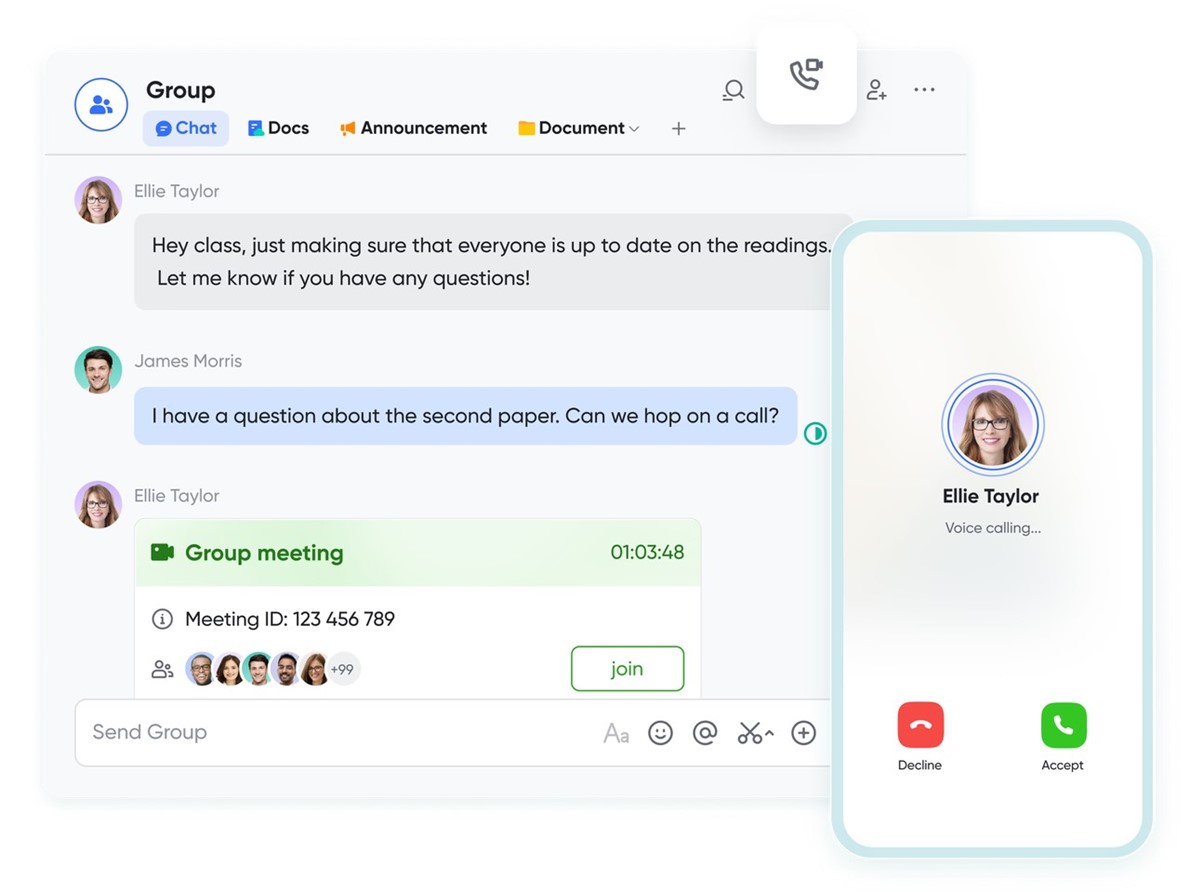
Sales engineers spend much of their time in meetings — from technical deep dives to strategy sessions. Without proper systems, these meetings generate vague notes and repeated discussions. Lark Meetings ensures that every session produces clear outcomes.
In the meeting, you can turn on Subtitles and let Meetings transcribe the audio content into clear text. Also, you can let the host share a live doc, where all attendees can edit, comment, and react to each other quickly and easily. During calls, you can click AI Summary to let meeting notes be automatically generated. While recordings are shared in Messenger for absent stakeholders. For example, in a client review session, technical risks are flagged, solutions proposed, and next steps agreed upon. With Meetings, these outcomes are preserved and tracked, so teams never revisit the same issues unnecessarily.
Conclusion:
Sales engineering thrives on clarity, not assumptions. With Lark Messenger, Docs, Calendar, Base, Approval, and Meetings, teams gain systems that keep communication sharp, documentation reliable, and progress visible. Clients receive fast, accurate answers, and sales engineers stay focused on solving problems instead of chasing information.
At the same time, client alignment extends beyond project delivery. Organizations strengthen long-term relationships by tracking every interaction and insight with Lark This ensures that technical solutions connect to ongoing business value.



